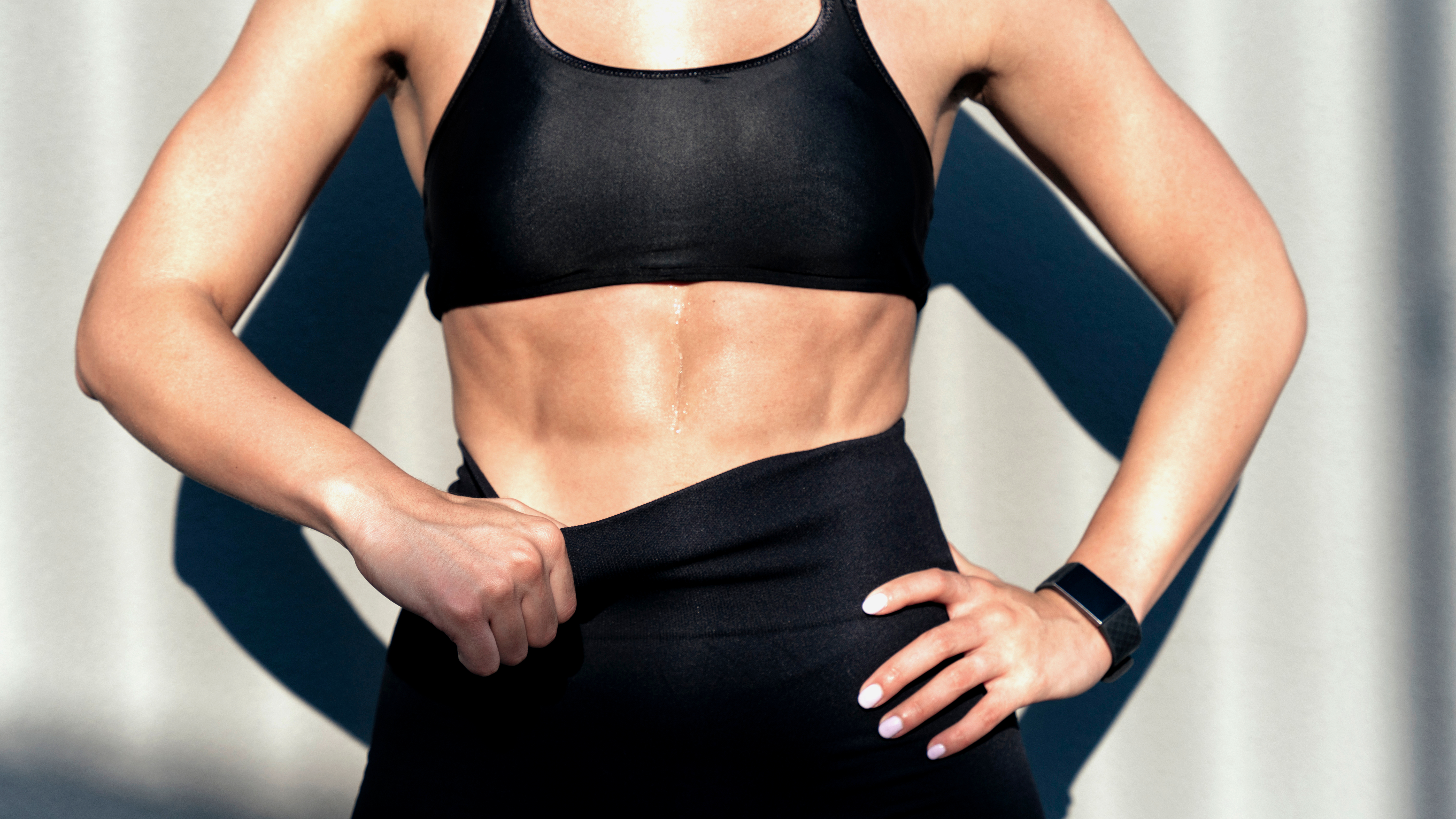
Your hip flexors run along the front of your hips and assist with hip flexion, lifting your legs into the air and improving posture and stability of the lower back, core and spine. Want to strengthen them? Here’s my go-to hip-strengthening exercise.
Leg lifts do exactly as the name suggests — you’ll sit on a mat or the ground, with or without your back supported against a wall or bench, and lift one or both legs into the air. Surprisingly, it’s way harder to do than you might think, especially as you must maintain posture and a tall torso throughout, which also demands core strength.
And to challenge just your lower body, you'll be doing this while keeping your butt on the floor. Here’s how to do leg lifts with proper form, the benefits and how to add them to your exercise routine.
How to do seated leg lifts
Beginners may prefer to perform leg lifts against a wall for support. Not only does the wall make the exercise slightly easier, but it also helps you understand how your back is positioned, which should improve posture and form. When using a wall, ensure it makes contact with your head, spine and lower back to keep proper alignment.
Once you get familiar with the exercise, practice without the wall; I still recommend having a mirror close by to check your posture. There are so many ways to do it, I’ve plucked two demo videos below from a CrossFit and rehabilitation perspective.
How:
- Start in a seated position with or without a wall for support
- Sit tall, brace your core and relax your shoulders to create a straight and long torso
- Place your hands on the floor next to your hips and press through them to maintain posture
- Extend your legs in front of you. Flex your feet or point your toes
- With control, lift your left leg into the air and hold for 10-15 seconds, then lower your leg
- Repeat on your right side
- Aim for 3-5 sets of 5-6 reps.
Simple hacks to improve hip mobility
Increase the time as you get stronger, or to progress further, open the raised leg to the side. For example, lift your left leg, open it to the left side as far as your hip will allow, pause, then return to the center and lower the leg. Change sides. If you choose this variation, move slowly and keep your leg at hip height.
You can also advance leg lifts by lifting both legs together (as above) or removing your hands from the ground and placing them on your hips or behind your head. When training with the leg-opener variation, I enjoy wrapping one of the best resistance bands above my ankles or knees to increase tension on the outer glutes — the gluteus medius — that assist in hip abduction.
Another technique I use with clients is to place a small ball beneath one heel and ask them to guide the ball out with their foot as they open the leg, then guide it back in again. The options are endless.
However you choose to perform the exercise, always move with control rather than speed. Slowing the exercise down utilizes a strengthening device used in resistance training called Time Under Tension (TUT). Slowing things down makes muscles work for longer, helping to increase overall intensity and improving the mind-muscle connection.
Trainer tips
When thinking about your torso position, I like using the string analogy. Consider a piece of string lifting out of the crown of your head. Now imagine that string is being pulled toward the ceiling, and allow your torso to lift with it, slowly making you taller and taller.
This drill also contributes toward better form during the L-sit exercise, which is a calisthenics move foundational for gymnastics and bar or ring work. The L-sit requires you to create an L-shape with your body while holding your legs in the air using bars, rings, or boxes. It also requires adequate hip strength and core stability.
During L-sits, you suspend your body in the air with your bum away from the ground, so this exercise can help you build up to it before increasing the demand on your upper body and core.
Leg lifts can also improve form during leg raises, hanging leg raises, hanging L-sits and other moves that require holding or lifting your legs in the air. However, those with tight hamstrings could struggle with keeping the leg or legs extended; if that sounds familiar, place a firm cushion or yoga block beneath your bum and sit on the edge of it to tilt the pelvis, which should aid flexibility.
Have fun with it — play around with different techniques like adding pulses, lifting your legs over a dumbbell or kettlebell, or mixing up sets and reps. Your hip flexor muscles are essential for movements like running, climbing, walking, kicking and rotating your hip joint, so you might as well have fun while building strength.







